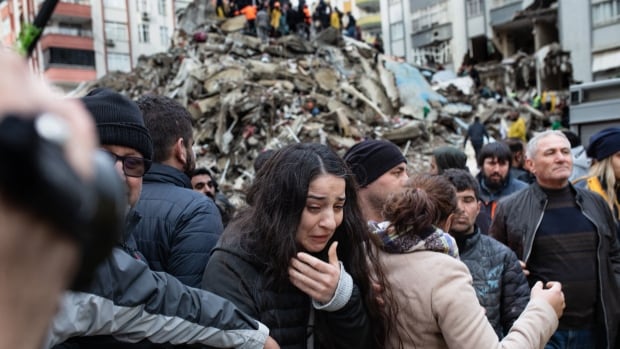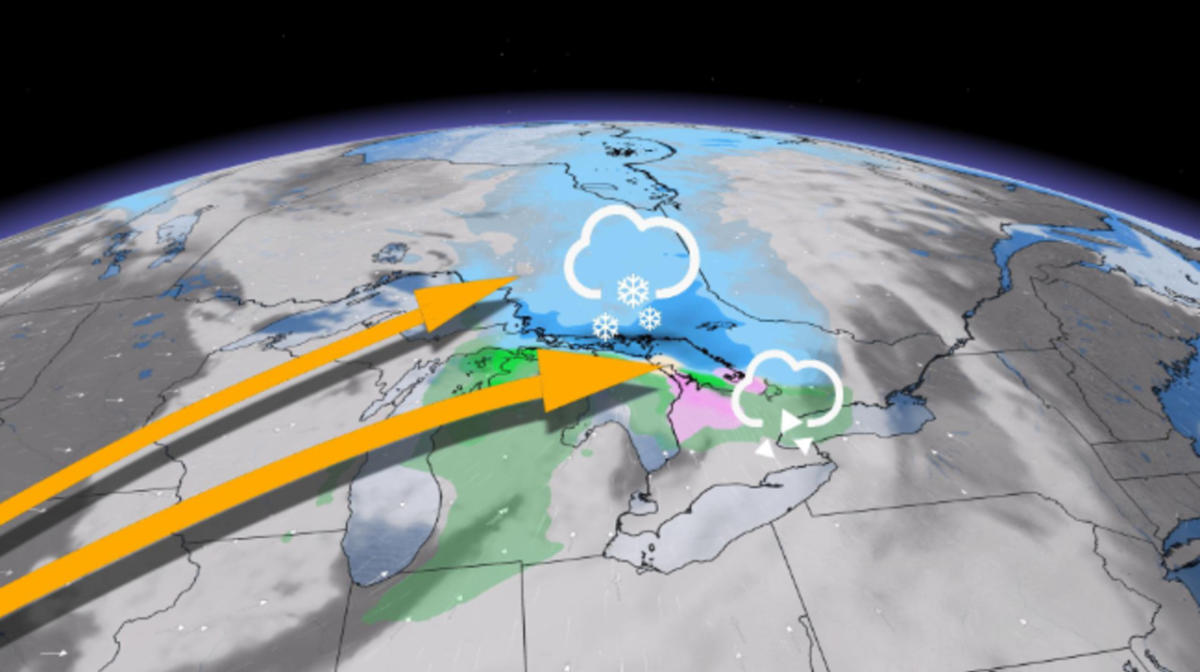“Understanding the Risks and Responsibilities of Earthquakes in Turkey for British Columbians”
The devastating earthquake and aftershocks that shook southeastern Turkey and northern Syria on Monday underscored for many the risks and dangers of a major British Columbia earthquake.
The 7.8 magnitude earthquake collapsed hundreds of buildings and killed thousands of people. The death toll is expected to rise as rescue workers search piles of rubble in cities and towns across the region.
Turkey lies on two major fault lines and experiences frequent earthquakes, although Monday’s earthquake was one of the largest in at least a century.
CBC seismologist Johanna Wagstaffe says Monday’s massive quake happened after two tectonic plates became blocked.
“That’s an area of the world where we have seismic gaps,” Wagstaffe said. “Basically where we know we have locked sections of large faults waiting to be removed.”
A map from the US Geological Survey shows the epicenter of the earthquake. (CBC News)
She says there are similarities and differences in the type of earthquakes that have hit Turkey and northern Syria – and the type that are expected to hit British Columbia.
“It’s the fact that we’re also in this seismic gap,” Wagstaffe explained. “The Cascadia subduction zone off the coast of Vancouver Island is an area where two plates are connected.”
The Cascadia Subduction Zone is a 1,000-kilometer long fault that runs from northern Vancouver Island to northern California. The fault itself is a boundary between two tectonic plates: the Juan de Fuca and the North American Plate.
The Juan de Fuca tectonic plate is being pushed under the North American Plate. The energy of this movement is stored in the rocks, awaiting the moment to be released as a cataclysmic megathrust earthquake – also known as “The Big One”.
The earthquake in Turkey was due to a transform fault, or lateral quake, in which two tectonic plates slide horizontally past each other.
vulnerable structures
The epicenter of Monday’s quake was near Gaziantep, a major city and provincial capital in Turkey. There were also vulnerable buildings in the affected regions, according to a structural engineer with the US Geological Survey.
While new buildings in cities like Istanbul have been designed with modern seismic standards in mind, this area of southern Turkey has many older high-rise buildings. Rapid construction in Syria — plus years of war — may also have left structures vulnerable, researchers said.
BC can react better
Wagstaffe says BC would be in a better position to respond to a tragic event like the Turkey earthquake because of Canada’s higher building codes.
“We have some of the best building codes in the world and are constantly finding better ways to respond to disasters. We are already so much further than a place like southern Turkey.”
A City of Vancouver emergency planner says Turkey’s earthquake should serve as a wake-up call for everyone in BC
“That can definitely happen in Vancouver and we’re overdue for that,” said Jackie Kloosterboer.
British Columbians are advised to have an emergency evacuation kit or holdalls on hand in the event of an evacuation warning or order. (CBC)
Earthquakes are common in British Columbia, with an average of 3,000 reported a year, according to Prepared BC
Most are too small to be noticed, but earthquakes strong enough to cause structural damage occur on average once a decade.
The most vulnerable regions of British Columbia are along the west coast, where the threat of a tsunami is also real.
“It will have a huge impact if something like the earthquake in Turkey happens here,” said Kloosterboer.
“Something we have to do annually is check our supplies and make sure we have what we need.”
Emergency Preparedness BC suggests having a carry-on bag ready for your workplace and vehicles. (CBC)
Necessary equipment
Prepared BC has created an earthquake and tsunami guide that explains in detail the steps British Columbians should take to be better prepared for emergencies, including a template for a family emergency plan and a list of emergency supplies.
“Think of the different times of the year this could happen and what it would take to survive an earthquake in the middle of an atmospheric flow or a snow event or a heat dome,” Wagstaffe said.
“It’s the layering of disasters that can exacerbate them.”
Don’t miss interesting posts on Famousbio










